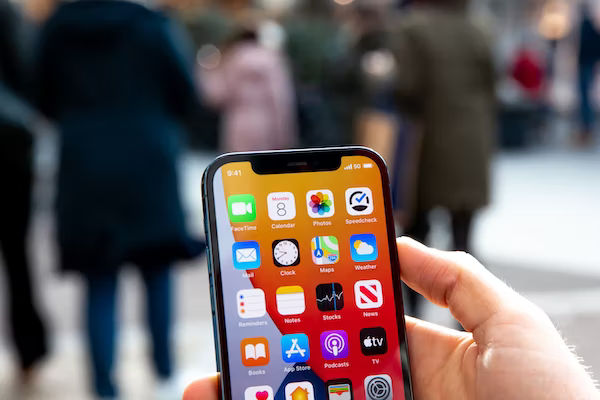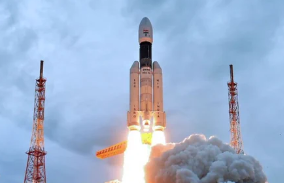Prime Minister Narendra Modi officially launches 5G network in India on Friday. The 72-year-old will deliver a speech at the sixth edition of India Mobile Congress in New Delhi’s Pragati Maidan.
As per a government press release, 5G will be launched by the Prime Minister in select cities. It will progressively cover the entire country over the next couple of years. The cities are: Ahmedabad, Bengaluru, Chandigarh, Chennai, Delhi, Gandhinagar, Gurugram, Hyderabad, Jamnagar, Kolkata, Lucknow, Mumbai and Pune.
Capable of supporting ultra-high-speed internet services, the fifth generation or 5G is expected to unleash new economic opportunities and societal benefits, serving as a transformational force for Indian society.
Also read: Modi to launch 5G in India: Which cities get services in first rollout
It is pertinent to mention here that 5G offers speed multiple times faster than 4G, supports lag-free connectivity, and can enable billions of connected devices to share data in real-time.
How fast is 5G?
5G is designed to deliver peak data rates up to 20 Gbps (GigaBits or GigaBytes per SECond) based on IMT-2020 requirements, qualcomm.com reports.
“Depending on your 5G coverage, maximum download speeds often range from 1Gbps to 10Gbps, and latency, or the time it takes to send data, could go as low as 1 millisecond (ms),” digitaltrends.com says.
Also read: RBI MPC meet: How a repo rate hike will impact your money
However, the download speeds vary depending on the type of network. 5G has few frequency bands and the spectrum travels long distances. These spectrums have low download speed.
Also read: Explained: Difference between RBI’s accommodative, neutral & hawkish stance
On the other hand, high-band mm wave spectrum waves don’t travel far but give superfast download speeds.
Besides powering ultra-low latency connections, which allow downloading full-length high-quality video or movie to a mobile device in a matter of seconds (even in crowded areas), 5G can enable solutions such as e-health, connected vehicles, more-immersive augmented reality and metaverse experiences, life-saving use cases, and advanced mobile cloud gaming, among others.







